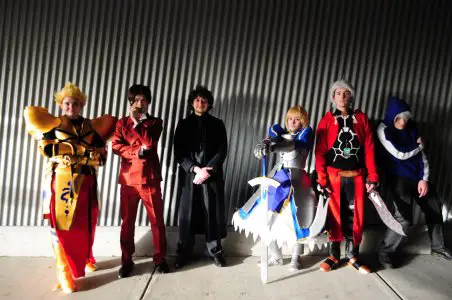Well known not only for its beautiful countryside and natural attractions such as the Naruto whirlpools and major festivals such as Awa Odori, Tokushima Prefecture, located on the eastern-most side of Shikoku, has many famous produces to its name. Among those, a citrus fruit ‘Sudachi’, Naruto’s sweet potatoes and lotus roots are supposedly the most popular. Tokushima’s abundance of agricultural areas gives farmers the opportunity to export many different varieties of fruit and vegetables, as well as rice. Such a place is befitting to be the birthplace of a sake with a name that roughly translates to ‘Kamikatsu’s Junmai Ginjo Genshu made with Spring Water and an Unyielding Spirit’. For those not-so-savvy with the sake lingo, Junmai refers to sake made without additional alcohol or sugar, Ginjo refers to how much rice is polished away (in this case 40%) and Genshu means the sake is unprocessed.
In other words, it’s a sake dependent not on added alcohols or sugar, but from the nature from which it is created. The ingredients come from a place so natural, that there are no man-made water pipes irrigating the rice fields.
From Tokushima Station, Tahahoko Co’s head office in Kamikatsu is only about an hour’s drive away, surrounded by tall mountains with endless greenery. Not much further from the head office, are the rice fields, where the air is so fresh and clean, you can practically taste it. Being a close, tight-knit company, only a few people are working on the fields at any given time and it only takes about a day to harvest. Harvesting is done by hand and only by one or two people at most, so it’s a pretty amazing feat that they can get it done in one day!
The planting, however, is done with the help of machinery, we were lucky enough to get the chance to take a ride on the plantation machine! Takahoko Co. treated us with such kindness, you could tell that it was a family business through and through. Mr. Soji Sakai, the company’s Division Manager for sake sale mentions on the company website just how carefully grown the rice they use for their sake is. “The rice is made in terraced paddies filled with drinkable spring water. For many decades, my grandparents tended to the soil with the utmost care, creating this precious rice. Through sake, I’d like to continue to bring cheer to people all over Japan with a smile on my face.” In the Japanese rendition of his greeting on the website, he refers to his grandparents tending to the soil as if they were conversing with it, so you can really tell that the family has looked after the soil in which they grow the rice meticulously over the decades.
The company, including Mr. Sakai, himself, also worked closely with us and Wasshoi’s Osaka branch for the Kumamoto Charity Event on the 6th of July, 2016. The full profits of each glass of Kamikatsu Sake bought at Wasshoi in Osaka went towards helping those in need in Kumamoto. There were quite a few customers dining in and enjoying some Kamikatsu sake which is said to go well with both Japanese and Western style dishes. It definitely would have gone down well with the smokey flavour of kushiyaki!
Outside, we were promoting the sake along with the charity event wearing t-shirts with the Kamikatsu sake logo on the front. I’m sure with Mr. Sakai on our side, we managed to bring happiness to passersby who stopped to have a chat or taste the Kamikatsu Sake we had out on display. Wouldn’t you agree?
Here’s a video of our time in Tokushima as well!




